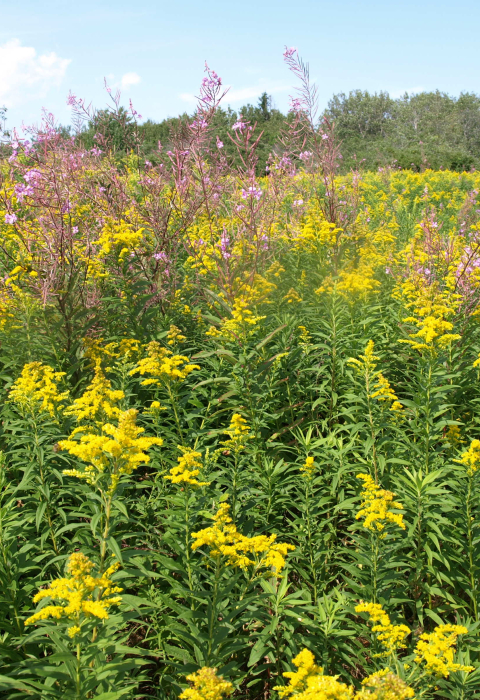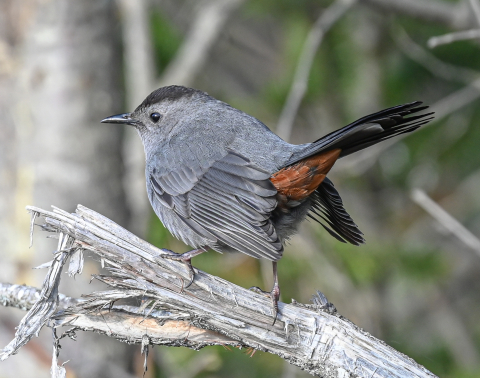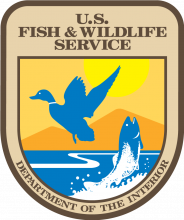National Wildlife Refuge Project
In 2018, genetic analysis of rabbit fecal pellets – those familiar round droppings found on winter’s snow, collected in plastic vials by biologists and sent to a university lab for testing – confirmed the presence of rare New England cottontails on the Nellie Hill tract of the then-new Great Thicket National Wildlife Refuge.
Nellie Hill’s 144 acres lie south of Dover Plains in New York’s Hudson Valley. Formerly a farm, the hilly property is has grown in with a mix of grassy fields, shrublands, and forest.
Wide Range of Wildlife
The Nature Conservancy deeded the property to the U.S. Fish and Wildlife Service in 2017 as the first parcel for the Great Thicket NWR, whose purpose is to help wildlife that needs young forest and shrubland, including the New England cottontail and a wide range of birds, reptiles, pollinating insects, and mammals.
Stuart Gruskin, chief conservation and external affairs officer for The Nature Conservancy, said of the land transfer: “It had enormous appeal, because it is in line with our mission of looking for ways of coming up with the most impactful conservation outcomes.” He added, “To be able to kick-start the establishment of this new national wildlife refuge, and also magnify the impacts of our property, was irresistible.”
Early Successional Habitat the Goal
Nellie Hill Preserve is managed by Lenape National Wildlife Refuge personnel to keep ample young forest and shrubland on the landscape. Workers plant native shrubs such as blackberry, wild grape, pasture rose, eastern redbud, arrowwood, and chokecherry. They build brush piles. They remove selected trees to open up gaps in forested areas so that small trees, shrubs, and low plants can grow back rapidly and offer food and cover for wildlife. They replace invasive shrubs, such as barberry, bush honeysuckle, and multiflora rose, with native kinds.
Conservationists are working to purchase more land near Nellie Hill to benefit New England cottontails and other young-forest species including Blanding’s turtle, American woodcock, and ruffed grouse. “The more land we can acquire, the better we can manage it to help species that need early successional habitat,” says Lenape Refuge manager Mike Horne.
How to Visit
A small parking area is on the left soon after you pass S. Nellie Hill Rd. when headed south. The preserve’s address is 2290 Route 22.
A 1.73-mile trail system gives hikers several routes to follow while enjoying recreation or looking for wildlife. A map guides the way.




